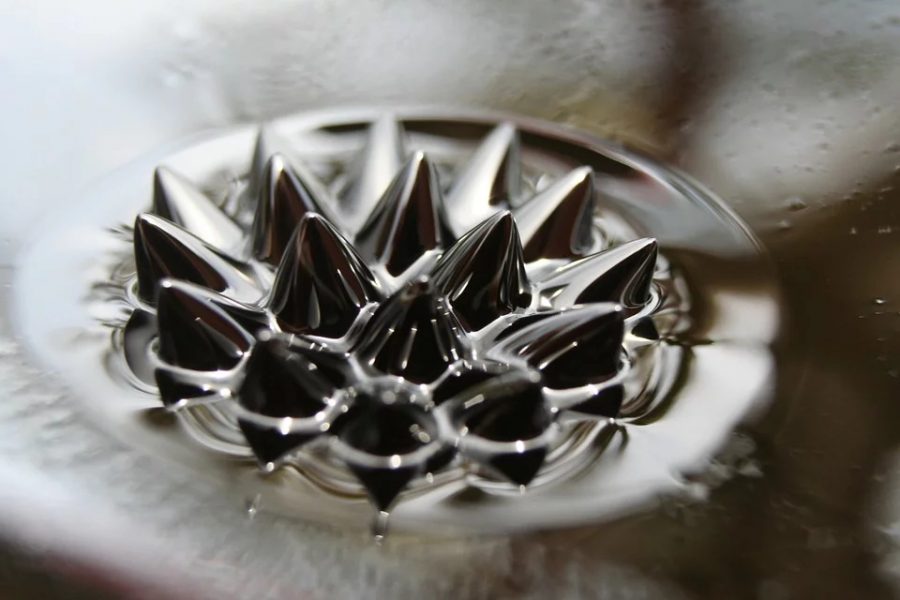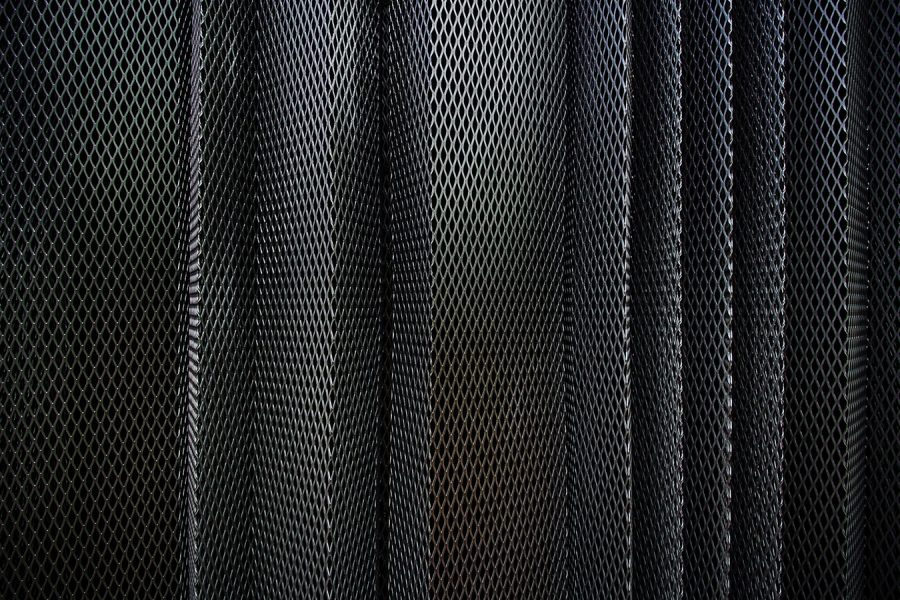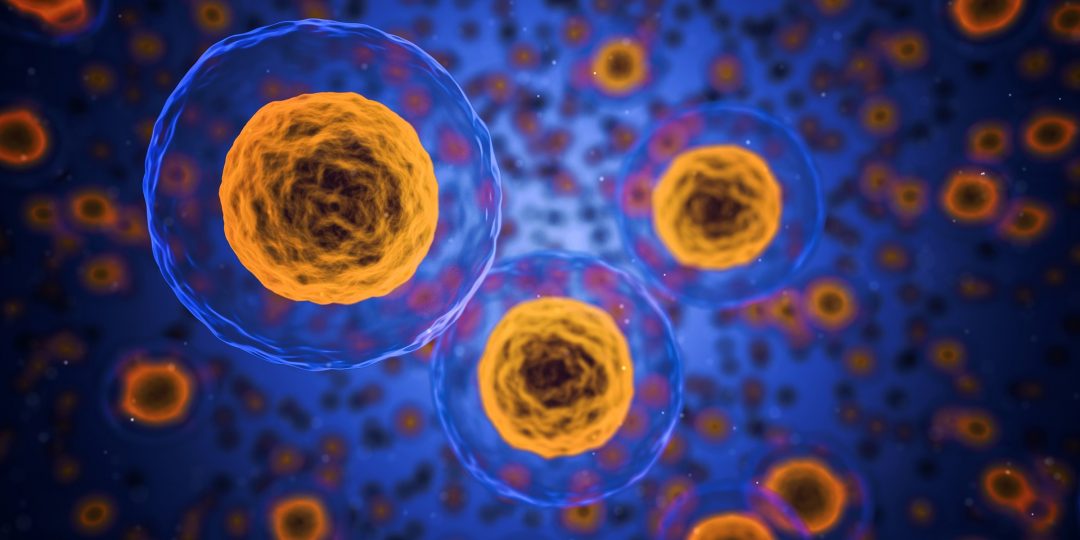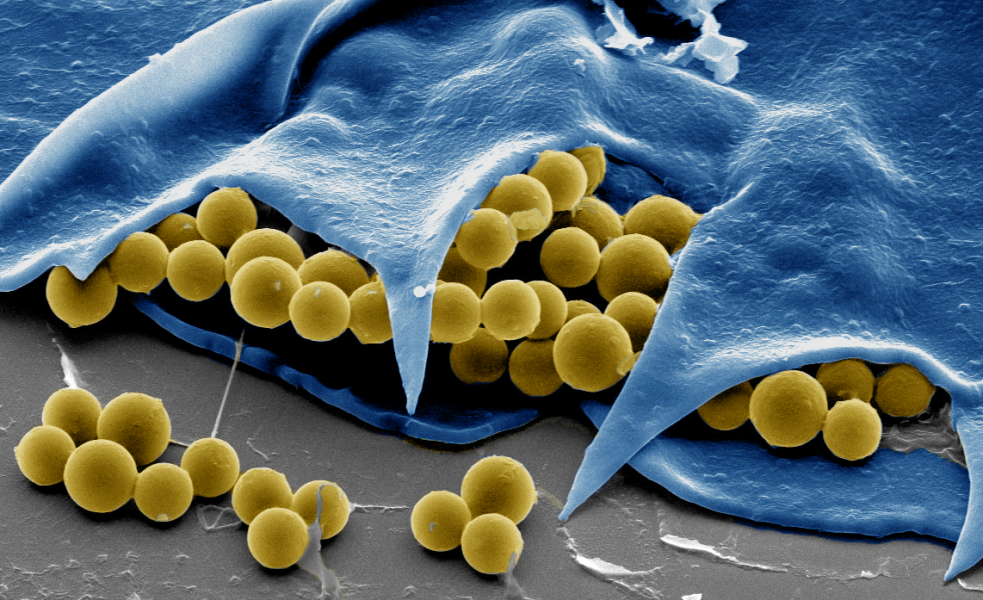Using sound fields to trap particles and mold matter in complex shapes, scientists are taking 3D printing to the next level.



Using sound fields to trap particles and mold matter in complex shapes, scientists are taking 3D printing to the next level.

Wouldn’t it be easier to watch a chemical reaction in realtime? NMR with integrated LED lights could make this more feasible.

Programmable smart materials, which can be reversibly controlled through magnetically-induced heating and actuation.

Hybrid systems of hydrogels and metals with tough bonding may find widespread application in smart materials and device interfaces.

Researchers investigate molecules that could have led the way to life on Earth.

The latest advances and perspectives for the future of melt electrowriting (MEW) technology.

A new method for screening nonhormonal contraceptive agents.

A new protocol provides insight into the formation and migration of blood vessels in 3D printed scaffolds.

The Droplet Microarray (DMA) is a high-throughput platform for drug screening.

The Rotibot decontaminates water using functionalized microbeads (yellow) accumulated around the rotifer mouth (blue).